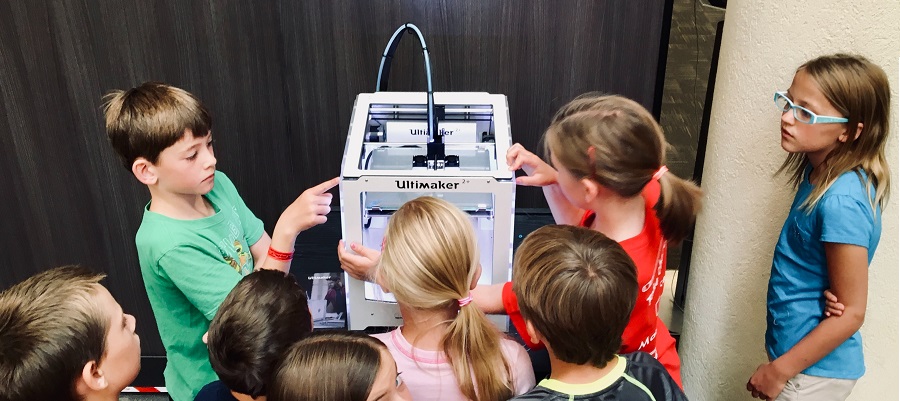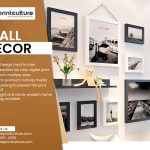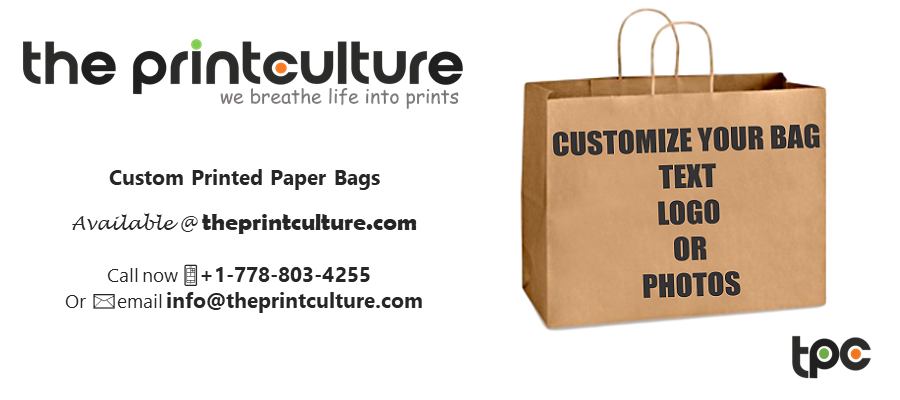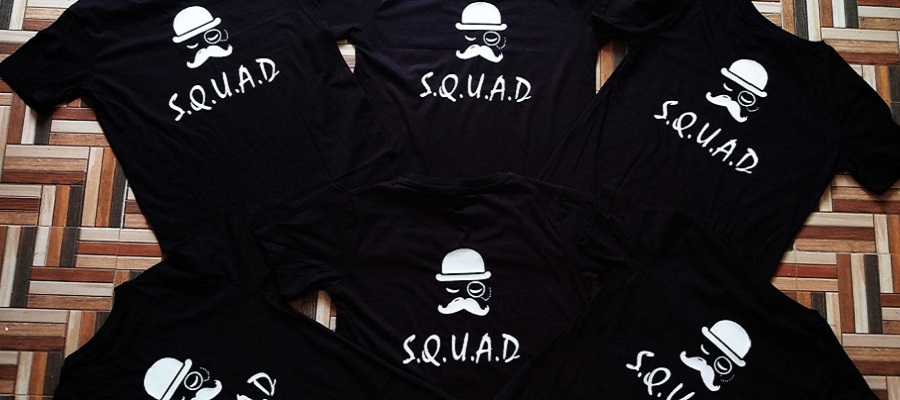You must have all, in recent past, come across the big bold statement that three-dimensional printing or 3 D printing as it is more commonly known, is all set to bring in the next revolution in the manufacturing industry. Not only does it have the power to develop something altogether new, but it also has the potential to render some production lines obsolete. From custom printing your favourite party dress to as big as printing your house, 3D printing can do it all.
Table of Contents
Is 3 D printing niche or mass?
However, it appears 3D printing has been the new disruptive and just around the horizon technology, waiting to explode for a very long time now. It definitely has the potential to completely transform the manufacturing industry. It seems to be the key or answer to personalization of a wide range of valuable industrial and medical products. However, like every innovation, 3 D printing also has its bottlenecks namely, cost, speed of output and availability of the right raw material. These challenges have proven to be difficult to overtake in the past decade and we are left wondering whether we will actually be able to see this revolution unfold or not.
What is 3 D Printing
Before we dive deep into this discussion, lets understand what is 3 D printing and how exactly does it work. Unlike the traditional laser and inkjet printers, which simply form marks on paper, 3D printers create solid objects by layering together a large number of very thin layers. The basic procedure entails laying down one layer of material in a pattern that resembles a slice of the ultimate product. (Imagine cutting an object into thin horizontal layers with a knife—these are the “slices” that make up each layer of an object.) A new layer is put on top of the preceding one, and so on until the component is complete. It is therefore also known as “Additive Manufacturing”.
Advantage
The fundamental advantage of 3D printing is that it allows you to create the smallest of the pieces and that too, with holes in the centre, and in hundreds of geometries that are impossible to achieve through cutting or moulding.
3D printing can create individualised products for a one-to-one market, there is no worry about production minimums. It is also one of the best methods for industrial model making (proto typing) and producing short runs of plastic components for design and testing. For designers and product developers, it’s a great tool in testing new designs in the shortest of time.
Usage
Jewellery, eyewear, Art, toys, and automotive industry are already pioneers in the usage of 3 D printing. Another great pioneer is the medical industry especially hearing aids. With over 10,000,000 people wearing 3D printed hearing aids, this technology now dominates the manufacturing of hearing aids. Competing technology was brushed aside because 3D printing could provide an individualised hearing aid, which mass production technologies could never do.
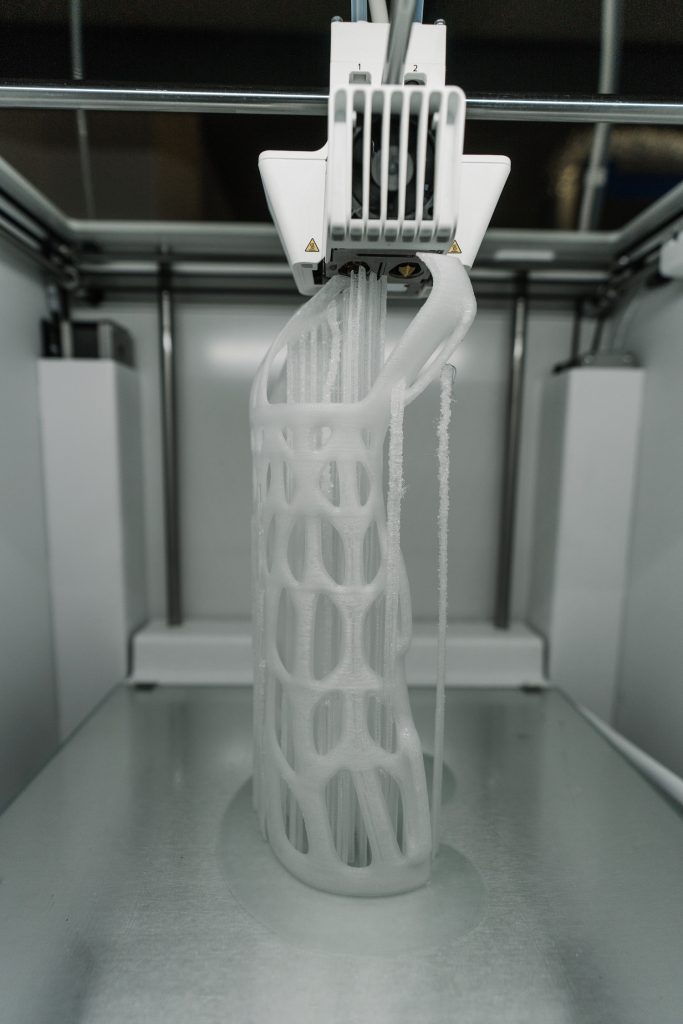
3D printing – My experience
Here is my first-hand experience of using a 3 D Printer, explained in simple steps
1. Installed different software packages to locate one that allowed me to precisely specify the dimensions of the part I wanted to print.
2. Created the print command in a computer language with a user interface.
3. Made an attempt to print. It was rejected by the printer because the command was apparently too huge.
4. Made it smaller by redesigning it.
5. Made an attempt to print. But by this time the printer was malfunctioning due to the 1st command. Printer stopped working.
6. Ordered the defective part and had to wait for it to arrive, which took close to two weeks.
7. Made an attempt to re-re-print. Returned four hours later to find a melted plastic pile.
8. Tried printing once again. Returned four hours later to find an almost perfect part with only one crack, but still sufficient enough to render it worthless.
9. Gave another try on printing. The printer worked but ended up printing only the first half of the section and then stopped with a numerical error code.
10. Pushed myself to make another attempt to re-print. It finally worked!
11. Did successfully get a print, but the part made, does not perform as expected.
12. Put it in the garbage.
This is why 3D printing isn’t the next big thing now or doesn’t look to be in the near future.
3 D Printing – Challenges
While the ultimate goal for 3D printing is to be the greatest way to make anything. As of now, the goal seems far away. Today, 3D printing is used about the same as it was in 2013. As it was back then, it’s still beneficial in a few industrial design and manufacturing applications. However, it is yet to find a mass scale consumer application.
The 3D printing business as a whole is still very new, and very few people have first-hand experience with this technique. Very often, it is difficult for users to visualise three-dimensional objects in 3D. The raw material used at present is primarily plastic which is not at all environment friendly. The equipment cost is very high
The speed at which 3D printers print, is another key factor preventing it from becoming a widely used manufacturing process. Metal printing is already possible with a variety of 3D printing processes. However, we will be able to see the so-called Manufacturing revolution, that was anticipated for 3D printing, only if a class of printer was invented that could manufacture metal swiftly (which never really happened).
If this does not happen, 3D printing will continue to thrive as a one of its kind niche industries of rapid prototyping and the production of Yoda heads for geeks (of which I am one).
Do you have your own 3D printing experience or story to share? We will be delighted to hear from you! Please let us know by writing at info@theprintculture.com.


